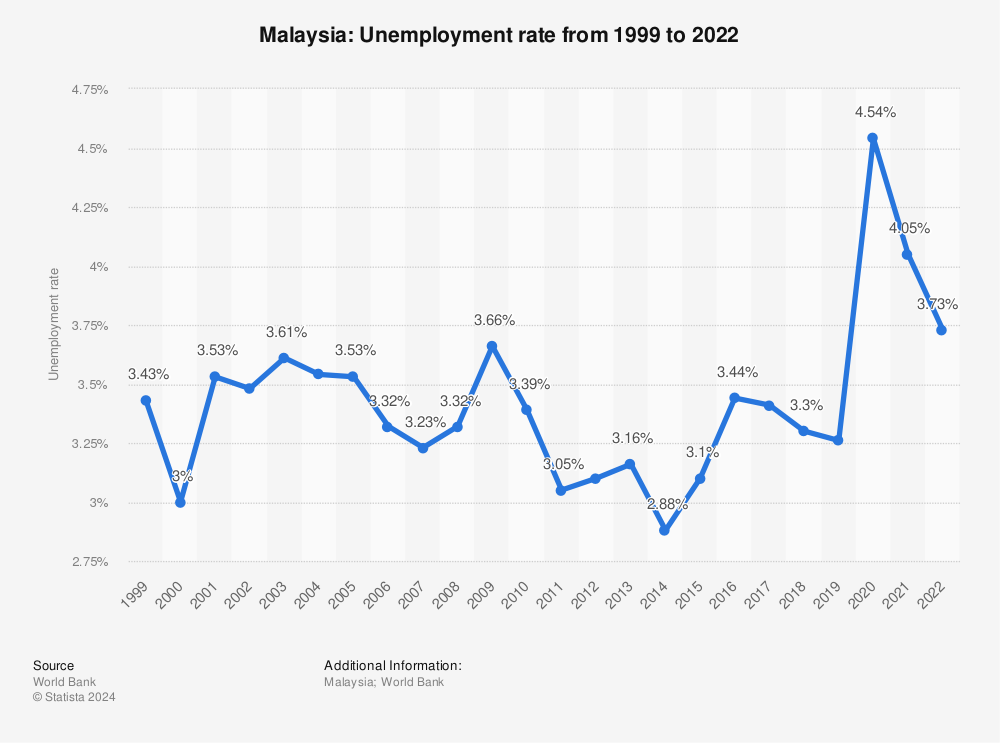Where Do Unemployment Statistics Come From
If you're searching for video and picture information linked to the keyword you have come to visit the right site. Our site gives you hints for seeing the maximum quality video and picture content, hunt and locate more informative video content and images that fit your interests.
comprises one of thousands of movie collections from several sources, particularly Youtube, therefore we recommend this movie that you see. You can also contribute to supporting this site by sharing videos and graphics that you enjoy on this blog on your social media accounts like Facebook and Instagram or educate your closest friends share your experiences concerning the simplicity of access to downloads and the information that you get on this site. This blog is for them to visit this site.
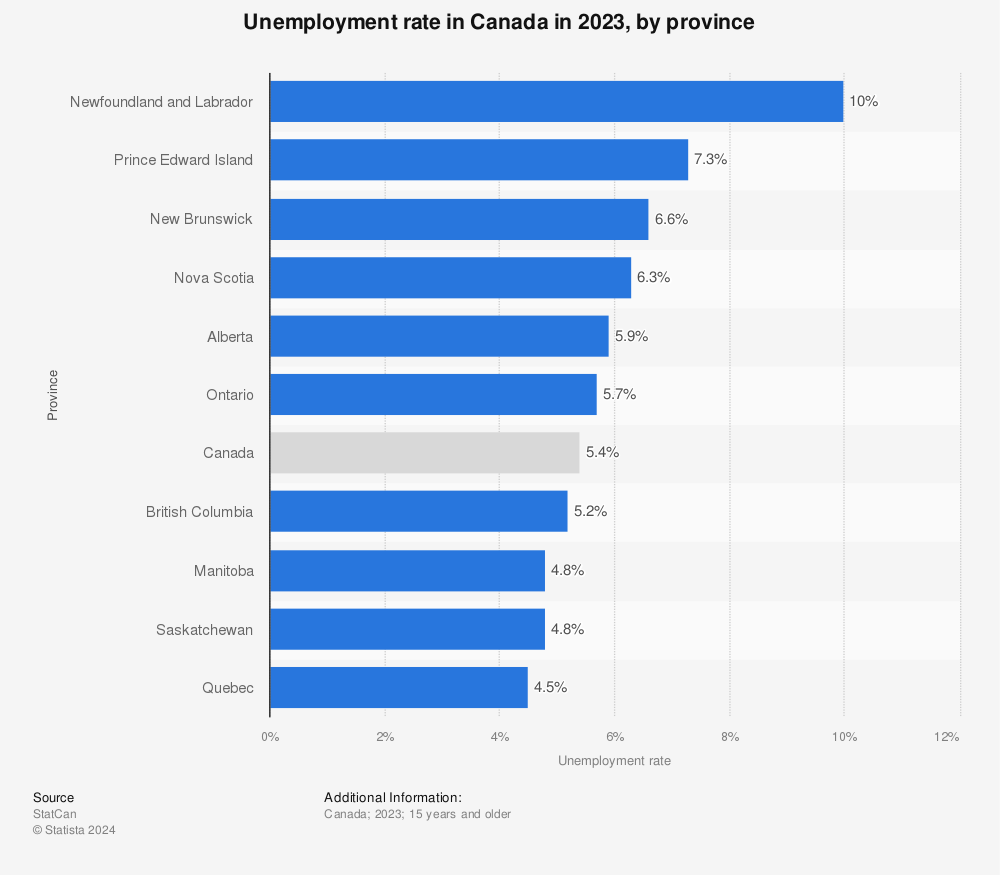
Government departments use unemployment estimates along with other labour market indicators for macro-economic and labour market management.
Where do unemployment statistics come from. Where do employment and unemployment statistics come from. Department of Labor announces the total number of employed and unemployed people in the United States for the previous month along with many characteristics about them. 4 of White people were unemployed in 2018 compared with 7 of people from all other ethnic groups combined Black people had the highest unemployment rate out of all the ethnic groups 9 the. In addition to the unemployment measures covered here Eurostat also publishes statistics for persons who fulfil only partially the definition of unemployment.
That is an increase of 06 over the previous three months and. But it picked up speed after the Conservatives took power in 1979 rapidly. The taxes are part of the often-discussed payroll taxes all employers pay. Unemployment had been rising throughout the 1970s as companies set about restructuring and modernising their businesses.
But the number of. The unemployment rate is the number of people unemployed as a percentage of the labour force. Meanwhile the weekly reports come from states reporting the. Unemployment also called joblessness occurs when people are without work and are actively seeking employment.
The most recent unemployment rate - for September to November - was 50 according to the Office for National Statistics ONS. Employers pay federal taxes of 6 percent on the first 7000 in annual income earned by every employee. Data are based on labour force surveys LFS. The rate is a percentage that is calculated by dividing the number of unemployed individuals by the number of individuals currently employed in the labor force.
Contacting and counting every employed and unemployed person each month. Unemployment rate peaked in April 2020 to 148a level not seen since data collection began in 1948before declining to a still-high 76 in December to close out the year. Unemployment is measured through the Current Population Survey conducted monthly by the Bureau of Labor Statistics. People filing claims for Unemployment Insurance benefits.
One misconception about the unemployment rate is that it is derived from the number of people filing claims for unemployment insurance UI benefits. These persons are not included in the official ILO unemployment concept and have a varying degree of attachment to the labour market. Unemployment is measured in order to determine the unemployment rate. Only citizens who are in the labor force are counted in the unemployment rate.
The monthly report comes from a survey administered in one week in the middle of the month in May it was administered 10-16 May. In January it was 629 about where it was in the late 1970s. Read this statistical bulletin More publications. Unemployment rate forecast is defined as the projected value for the number of unemployed people as a percentage of the labour force where the latter consists of the unemployed plus those in paid or self-employment.
For European Union countries where monthly LFS information is not available the monthly unemployed figures are estimated by Eurostat. Early each month the Bureau of Labor Statistics BLS of the US. Unemployment data are useful for various reasons. Department of Labors Unemployment Insurance program is funded through unemployment insurance taxes paid by employers and collected by the state and federal government.
In the three months to November 2020 the redundancy rate reached a record high of 142 per thousand. The UK unemployment rate in the three months to November 2020 was estimated at 50 12 percentage points higher than a year earlier and 06 percentage points higher than the previous quarter. Beyond the unemployment rate a key metric in the monthly jobs report is the labor force participation rate the share of the 16-and-over civilian non-institutional population either working or looking for work. Where do the statistics come from.
The Current Population Survey. Compiling Labor Statistics. UK economy latest A roundup of the latest data. In the social policy domain unemployment is used as an indicator of relative hardship.
The labour force is defined as the total number of unemployed people plus those in employment. The participation rate rose for several decades peaked in early 2000 at 673 then began falling. That represents a lot of Americans who will find themselves grappling with taxation of their unemployment benefits when the filing season rolls around in 2021 for 2020 tax returns. The BLS is a highly nonpartisan operation existing since 1884 and headed by Jack Galvin a career employee who ran the employment and unemployment statistics division from 1998 to 2011 and has.
/UnemploymentandGDP2008-80ffa8c6bee640208888f8cc26cb38e2.jpg)



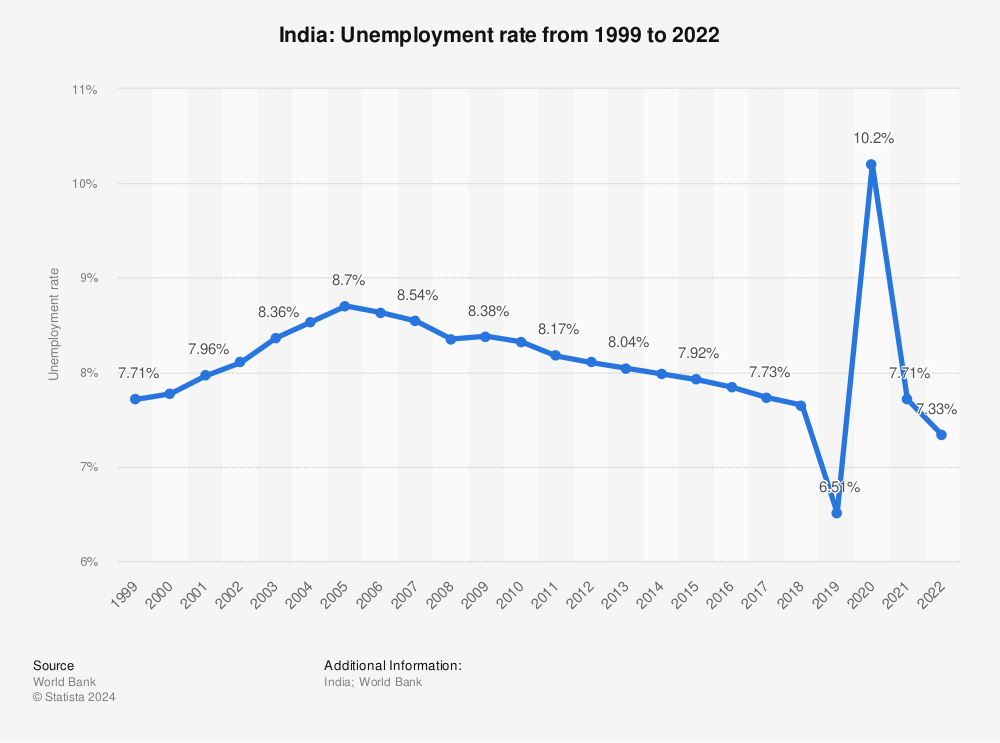

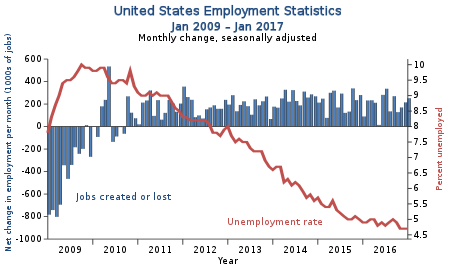

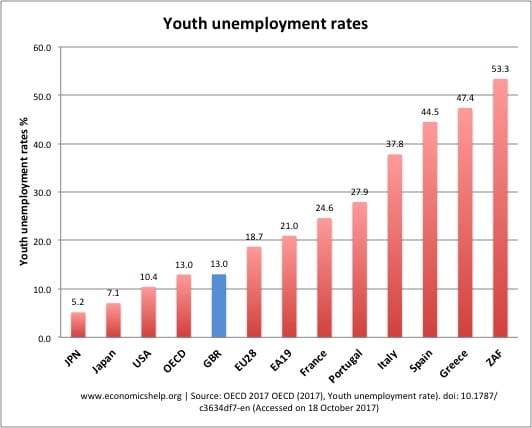


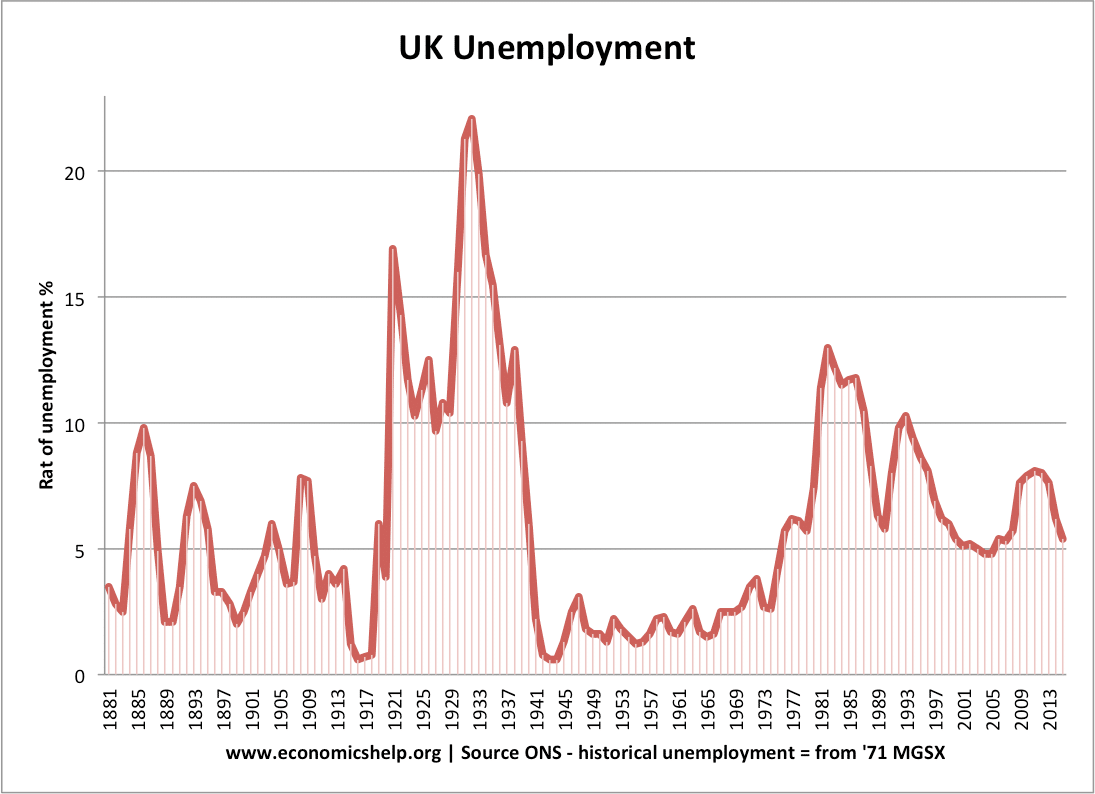
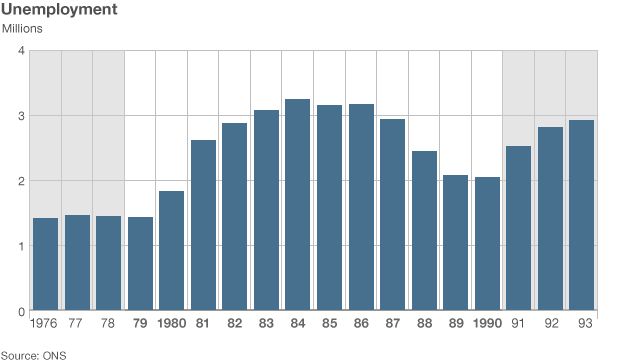
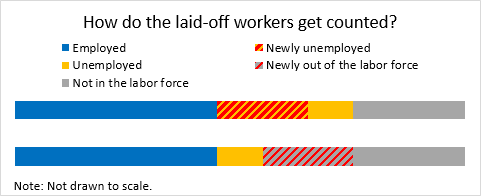
:max_bytes(150000):strip_icc()/unemployment-5bfc344bc9e77c00519c4b43.jpg)
